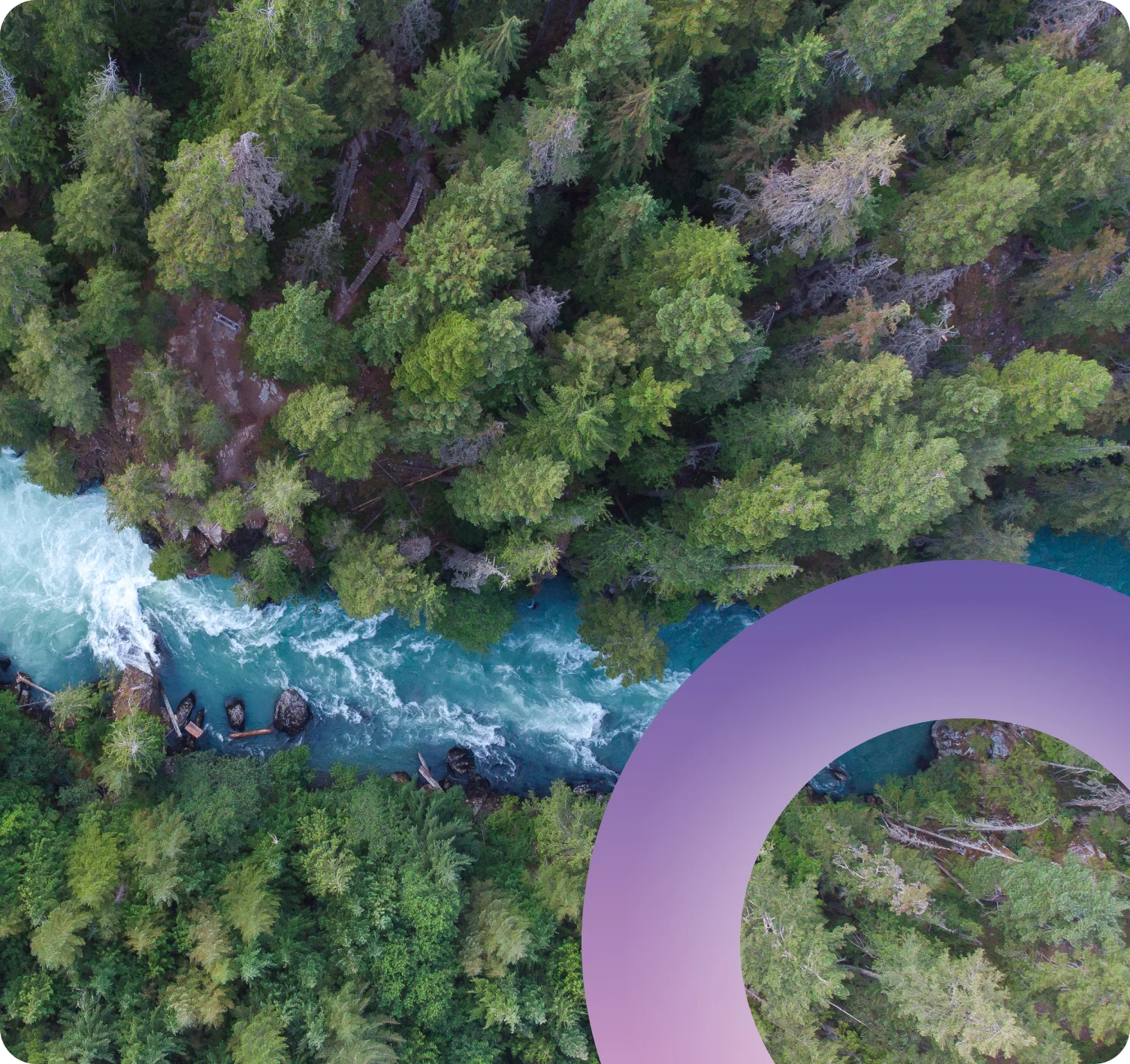Market-based initiatives aim to conserve forests and promote sustainable land use through:
1
Forest certification programmes:
Ensuring sustainable logging to protect biodiversity and forest health.
2
Agroforestry systems:
Integrating trees with crops to maintain forest cover and enhance productivity.
3
High conservation value assessments:
Identifying and protecting ecologically significant areas.
4
No-deforestation commitments:
Encouraging companies to adopt deforestation-free sourcing with transparent monitoring.
5
Protection of non-forest ecosystems:
Expanding conservation to peatlands and savannahs for better carbon storage and biodiversity.
Discover credible evidence with
our advanced filters
-
Afforestation
Filter results
-
Conversion and protection of non-forest natural ecosystems
Filter results
-
Deforestation and forest protection
Filter results
-
Ecosystem quality
Filter results
-
Forest fires
Filter results
-
Habitat fragmentation or connectivity
Filter results
-
Riparian areas
Filter results
-
Shade cover (in agroforestry crops)
Filter results
